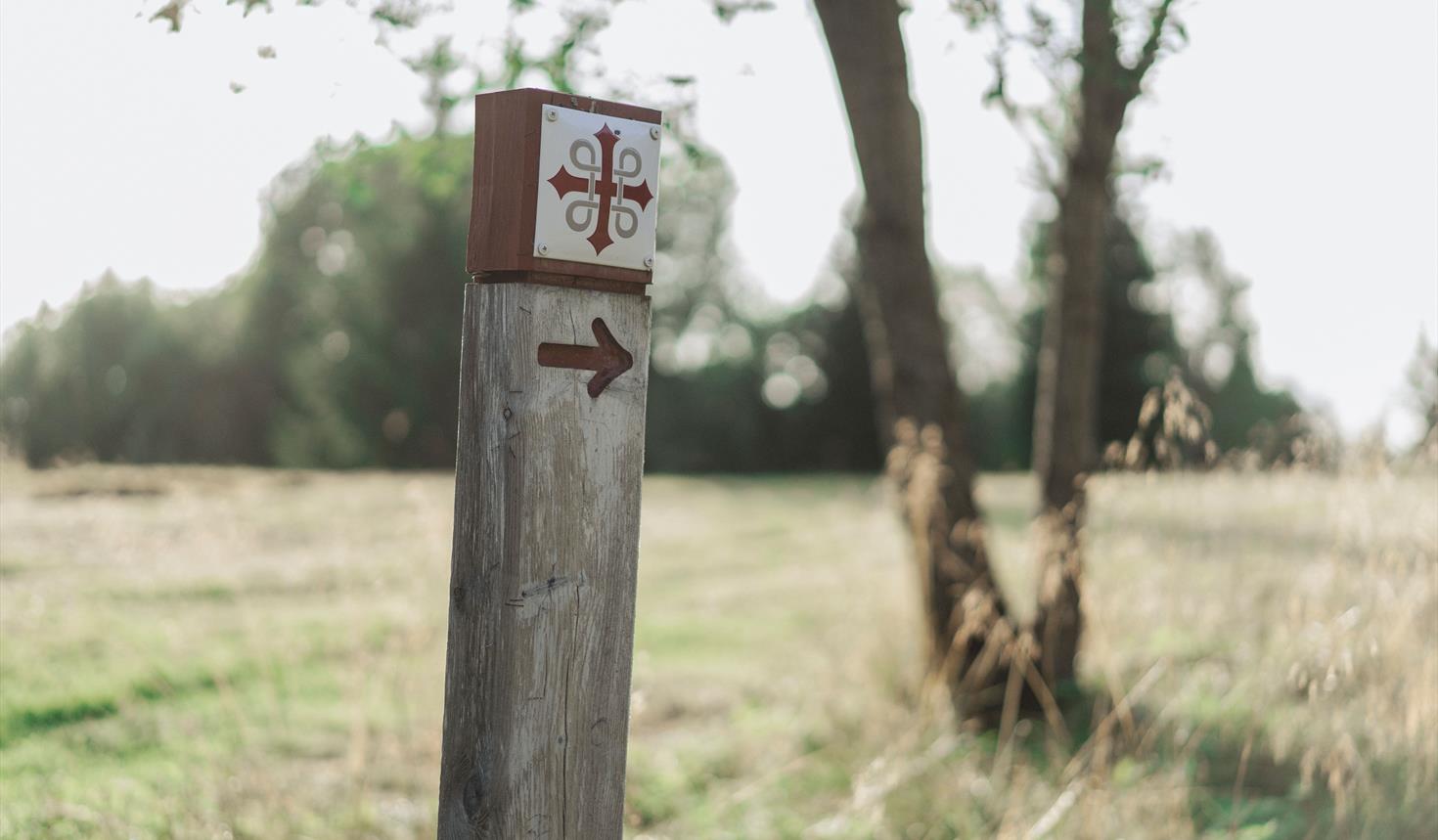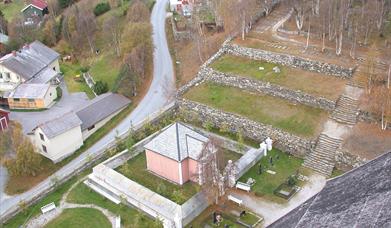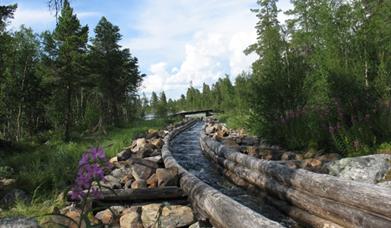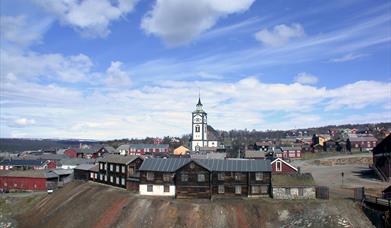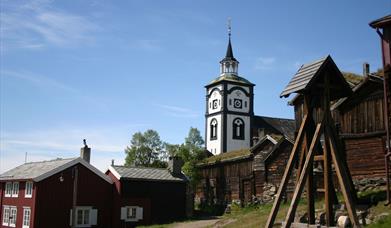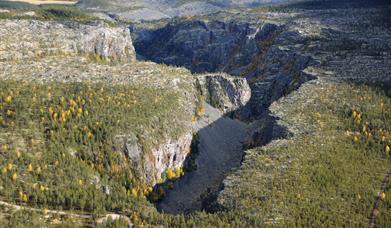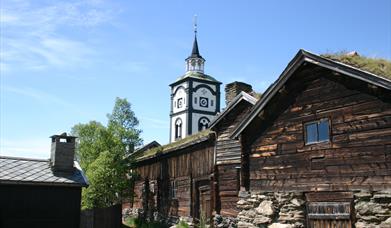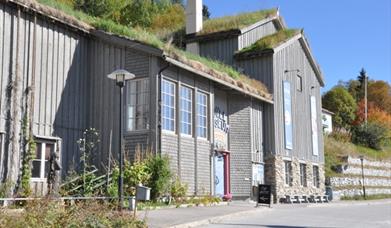Book Tickets Online
About
Østerdalsleden: Trysil – Tynset – Nidaros
Østerdalen has a long tradition of pilgrimage. Several sources mention a high volume of traffic here in the late Middle Ages, connecting Vadstena—home to the Swedish saint Saint Birgitta—and the burial church of Saint Olav in Nidaros (now Trondheim). Since Saint Olav’s canonization in 1031, his shrine in Nidaros Cathedral has been the most important pilgrimage site in Scandinavia.
Østerdalsleden passes mostly through forests, mountains, and some valleys. Here, you can walk in peaceful, tranquil areas with diverse nature and abundant wildlife. Accommodation is primarily available in forest cabins and shelters or at campgrounds, but there are also hotels and traditional inns. You’ll pass several churches and museums along the way. Østerdalsleden is also ideal if you prefer to camp with a tent and sleeping bag.
Østerdalsleden is now marked from the Swedish border at Lutnes in Trysil (379 km) and from Rena in Åmot (375 km). The two routes meet at Åkrestrømmen in Rendalen and continue as a single trail to Trondheim.
The Østerdalsleden trail begins as far south as Hammarö, at the northern shore of Vänern, following the scenic Klara River Valley/Trysilelva before crossing Trysil–Knut’s mountain range and reaching the Pilgrims’ Stone at Åkre in Rendalen. It then continues up Fonnåsfjellet, past Tylldal with its pilgrimage traditions, and enters Trøndelag along the foothills of Forollhogna. A few days' journey later, you’ll see the spire of Nidaros Cathedral from Øyvindstjønna on Vassfjellet, where a chapel once stood in the Middle Ages. This has been a natural resting place for pilgrims and other travelers.



 to add an item to your Itinerary basket.
to add an item to your Itinerary basket.
